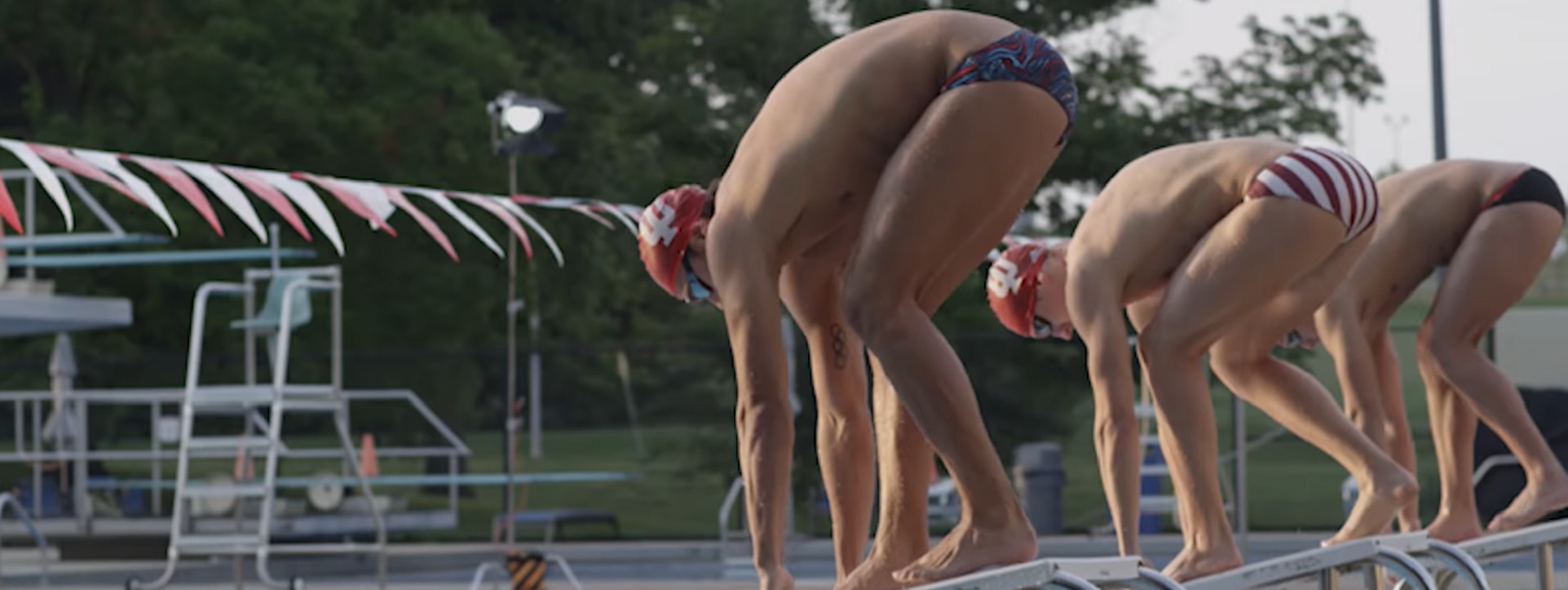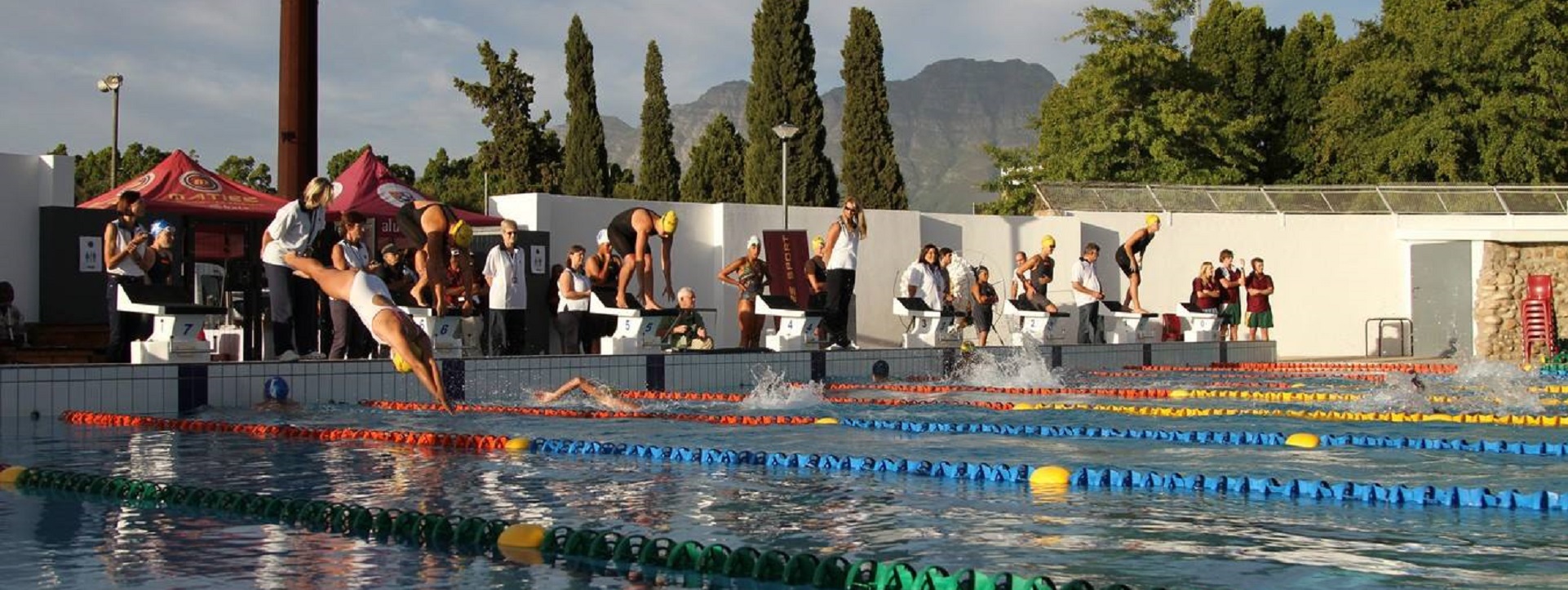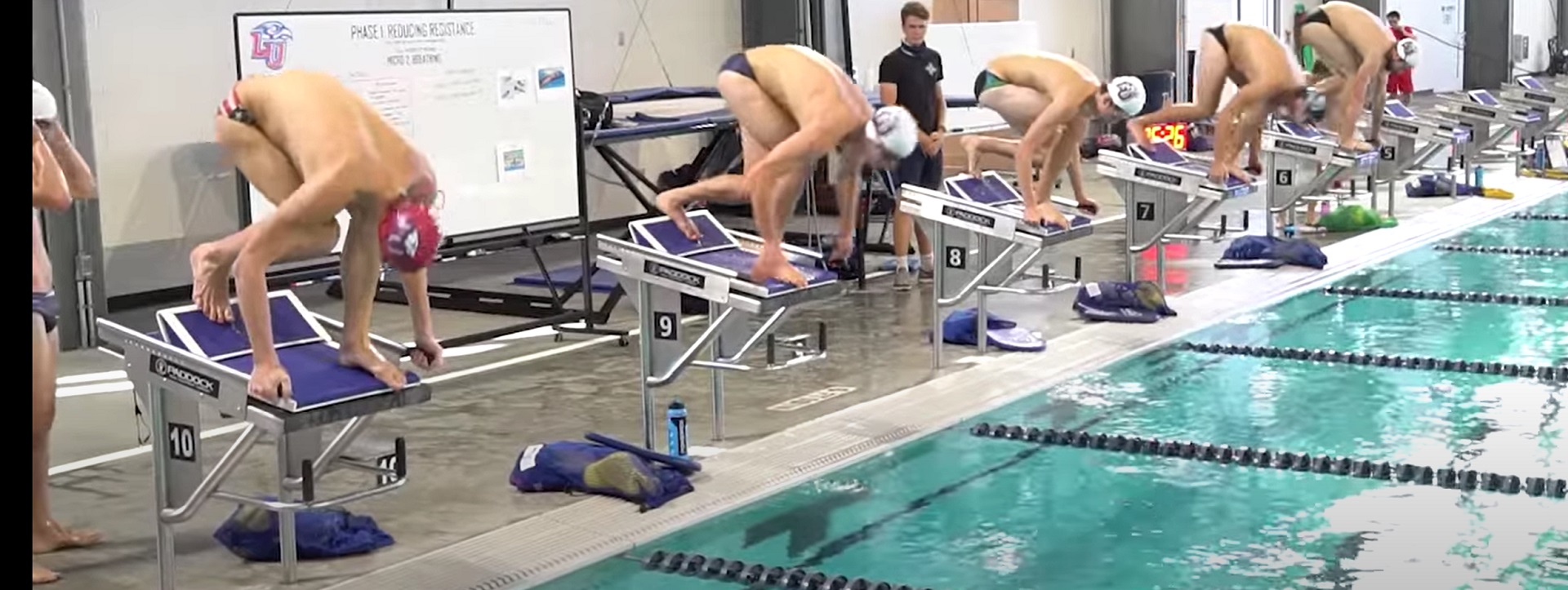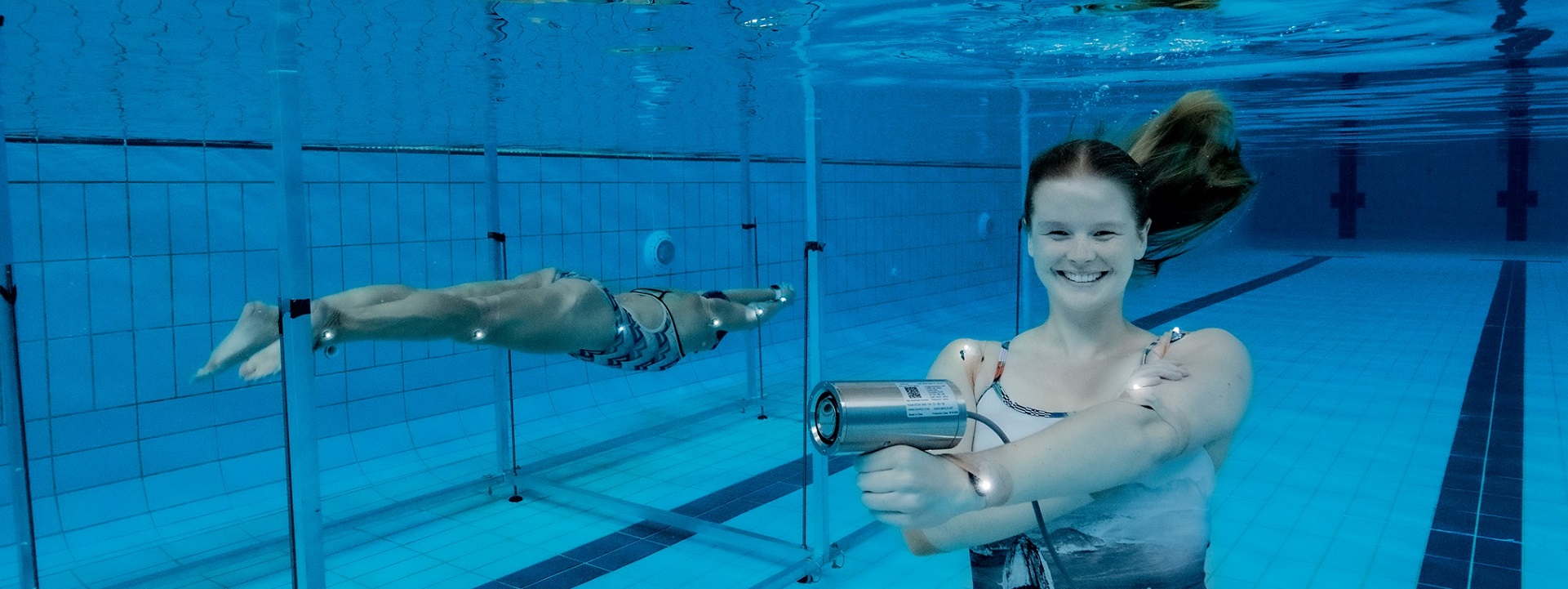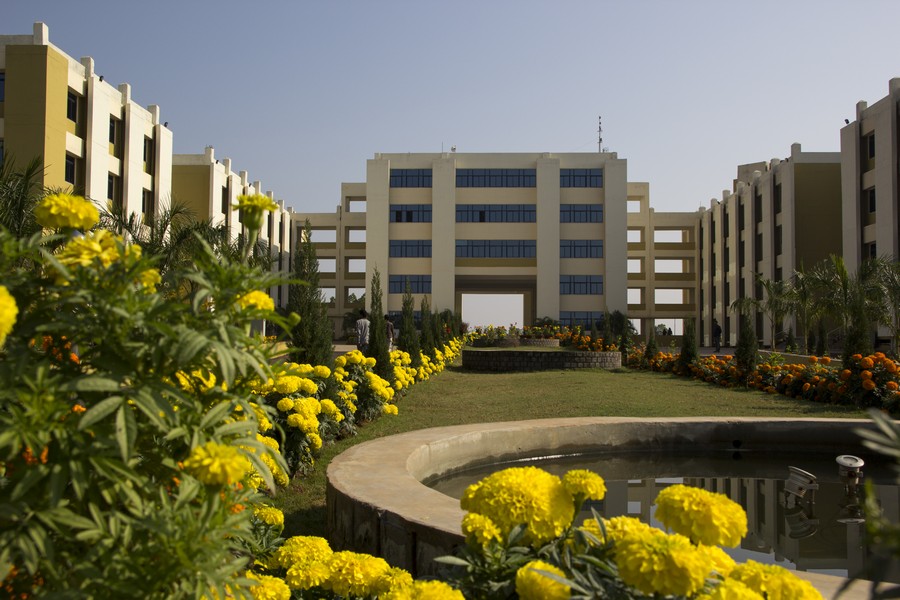“Chance favors the prepared mind.”
— Louis Pasteur
Welcome. Join us January 2, 2024 at 16:00 UTC. Topics:
- Colleagues
- Corporate information: Security, Fair-Use, Copyright
- Educational Mission
- 2023 Log of comments
- Results
- 2024 Priority catalogs and titles:
–
NFPA 70 2026 National Electrical Code
NFPA 99 2024 Health Care Facilities Code
IEEE C2 2023 National Electrical Safety Code
IEEE 1547 Interconnecting Distributed Resources with Electric Power Systems
2022 IEEE 2800 Standard for Interconnection and Interoperability of Inverter Based Resources Interconnecting with Associated Transmission Electric Power Systems
IEEE 3001.9 Recommended Practice for Industrial Lighting Systems
International Code Council, ASHRAE International, ASME and ASCE catalog titles
(This page to be re-formatted into a separate document)
- Publications and citations
- Status of roll-out to 49 other US states
- Recommendations to Producers and Conformance organizations
- Website and Social Media adjustments and upgrades
- Preference for content, content speed over page and post formatting.
Use the login credentials at the upper right of our home page.
As apologists for active involvement in the US standards system we owe no blind allegiance any educational settlement or the domain occupied by vertical incumbers; rather, we mean that we are actively engaged in providing explanations, justifications for maintaining them as centers of civilization.







